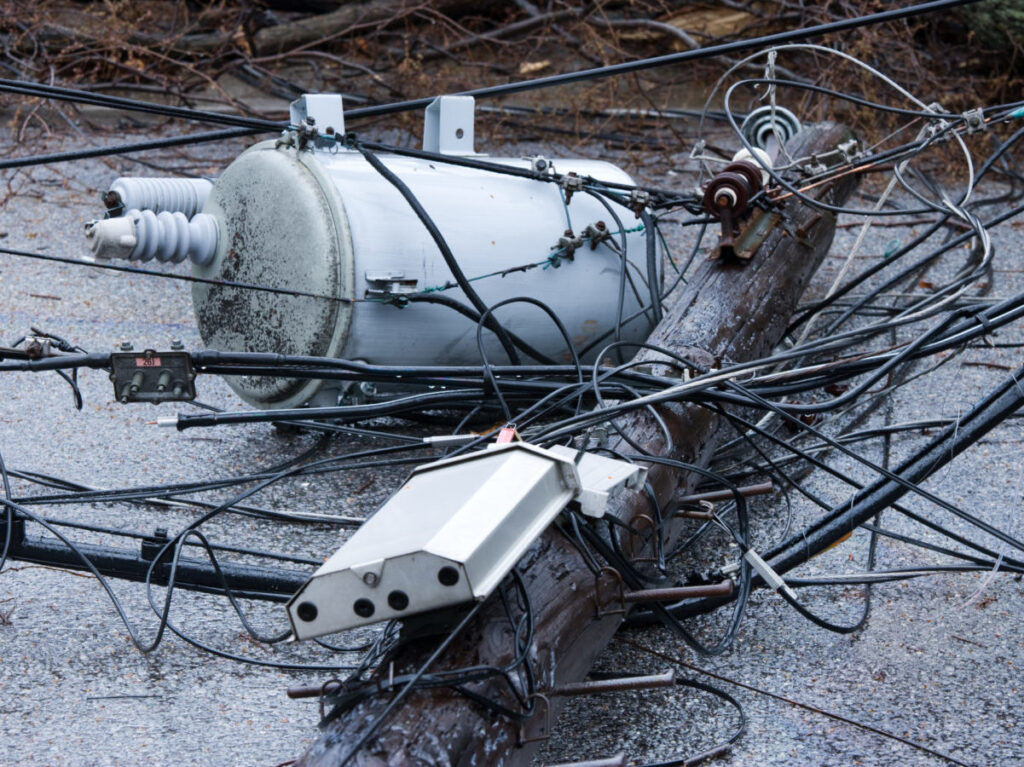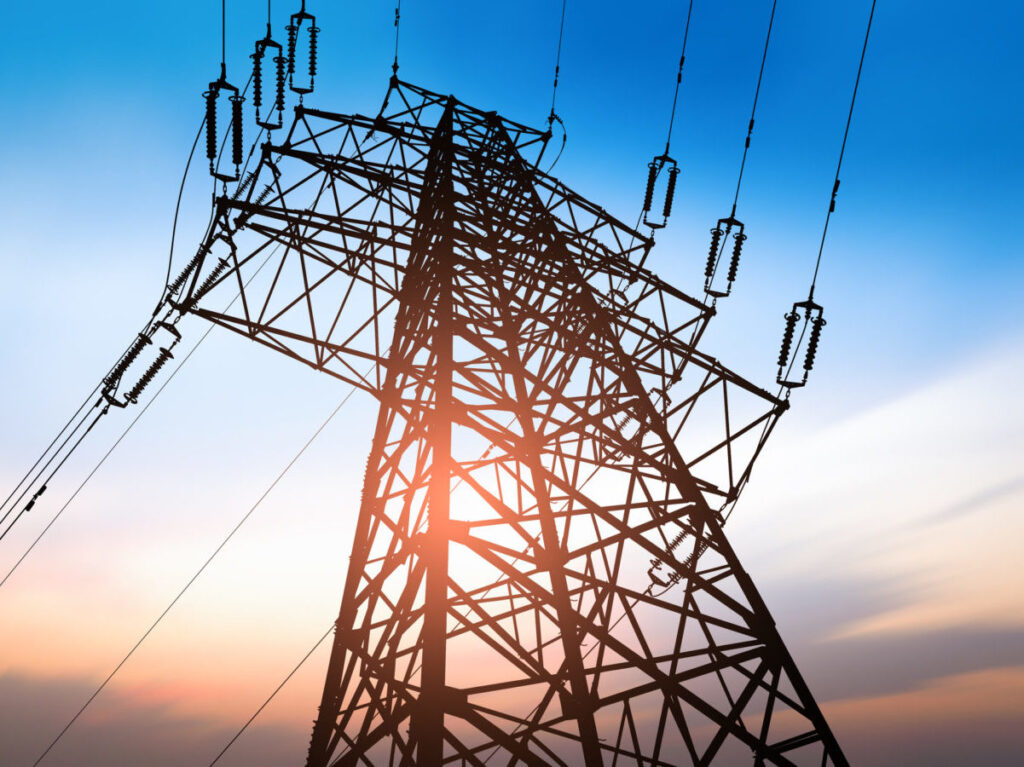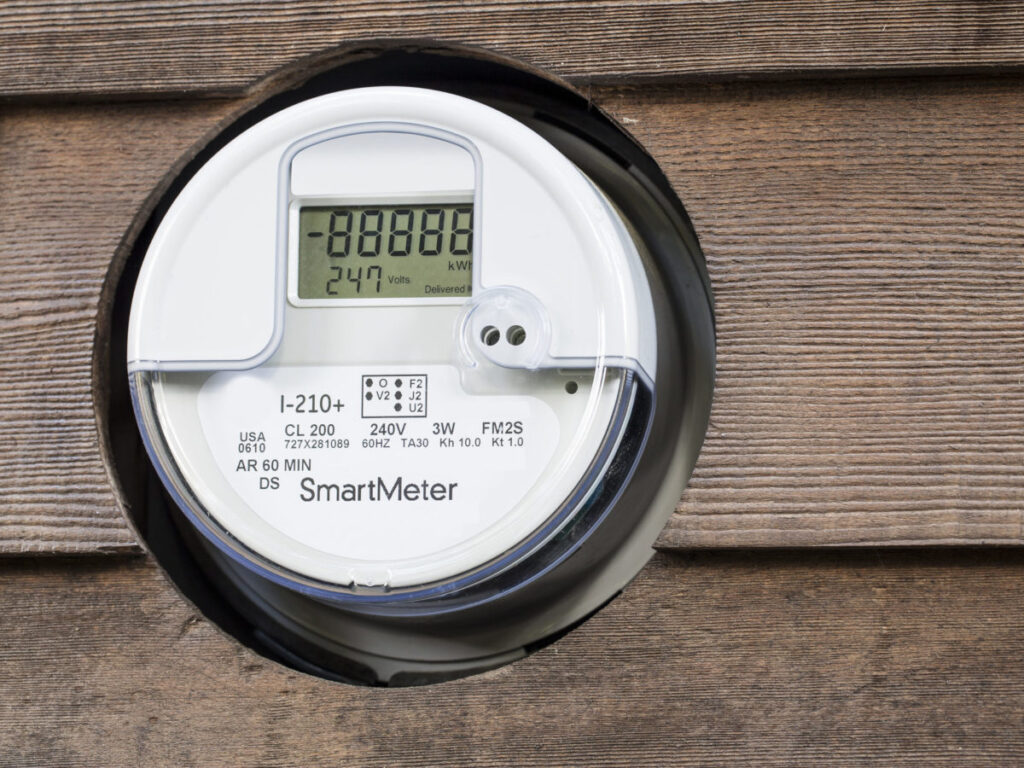Grid Analytics: Good or Great?

As a kid growing up in Wyoming, I played every sport and, being from a small town, was considered good at nearly all I played. My mom knew I needed to work much harder and be more disciplined if I were to be successful. To help humble and level-set me, she delivered some frank feedback that has stuck with me for more than 30 years and changed my view on life. She said “Mark, you are good at everything, and you don’t have to work too hard to be good. However, you are not great at anything.” She then quickly reeled off excellence exhibited by my great siblings (there are seven of us including me), one brother was a fifth-degree black belt, another was getting his PhD in mathematics, and so on down the line.
It took me years to grasp what she was telling me, but I came to realize if you want to be great at something, you need to focus and dedicate yourself to the mastering the skills required. In 2008, Malcolm Gladwell gave us the 10,000-Hour Rule. To achieve greatness requires time and commitment.
Utilities continue to be pressed to drive out O&M costs from their business — both from shareholders and from regulators. These same companies are also expected to increase reliability, power quality, and be more customer-intimate. How can both divergent priorities happen at the same time? It’s the classic Gordian Knot, asking us to do so much more with fewer and fewer resources.
Need for Great T&D Analytics
The good news is utilities have access to the potential solution through the increasing data and knowledge they have about their systems. However, to maximize this opportunity and solve the Gordian Knot, they not only need to be more than good at ingesting, managing, governing and analyzing data; they need to be great.
As we know, data is pouring out from many resources utilities own and from additional resources utilities may not own. This information is flowing into our organizations and directly relates to the health and operations of the grid. The data is coming from grid assets, smart meters, energy consumption, weather and storm data (wind direction, humidity, atmospheric pressure, temperature, solar irradiance), grid monitoring equipment, fault sensors, phasor measurement units (PMUs), smart inverters, and so forth. All this data is a strategic asset to many of today’s grid modernization initiatives. This knowledge enables us to have an accurate and near real-time visualization and understanding of the health of the grid. Some of the use cases that derive from this data include:
- Optimize life and value of grid assets
- Reduction in technical and non-technical losses
- Optimize grid management and increase the power quality for customers
- Improve reliability: SAIFI, SAIDI, CAIDI
- Better storm preparedness and more efficient restoration
- Maximize capital improvement benefits
- Reduction in safety incidents
- Improve both short term and long-term forecasting
And this list is just a start. We have so many opportunities to leverage analytics.
I’ve been heavily involved with analytics since 2011. In fact, I helped kick off the formation of the Utility Analytics Institute (UAI), the sister organization to T&D World. At that time, it was clear that the increasing volume and variety of data coming off the smart meters would be able to help the utility on the grid side and the customer side of the business.
At our 8th Annual Utility Analytics Summit happening on May 6 – 8 and hosted by Duke Energy, we will hear from 20 utilities, like Duke Energy, CMS, Ameren, Dubai Electricity and Water Authority, Entergy, AEP, sharing their lessons learned and successes using data and analytics to solve real-world business problems.
Digital Transformation and Change Management
We all know the industry is changing: more data, digital twins, machine learning and artificial intelligence. But what does this digital transformation really mean for our industry? Digital transformations are difficult, maybe the most difficult change management any organization can take on. HBR performed a survey of directors, CEOs and senior executives, and found that digital transformation (DT) risk is their #1 concern in 2019. Of the US$1.3 trillion spent on DT last year, it was estimated US$900 billion went to waste. An interesting take-away from the article was that “if people lack the right mindset to change and the current organizational practices are flawed, DT will simply magnify those flaws.”
Bain also has data that shows that digital transformations are significantly harder than conventional change management programs, with only 5% of companies reporting they had achieved or exceeded expectations. Making these changes will require strong leadership and unwavering commitment.
Excellence requires an incredible focus and the willingness to put in long hours. The environment is quite conducive to giant strides in leveraging analytics as we now have access to the right kinds of data and we also face the business drivers that demand we put data analytics into use today.
Data-driven analytics will be “the catalyst” that drives investment in innovation in our organizations and within our industry. I’ve come to realize we are on a continuous journey to grow and motivate our analytics teams while we expand our skill sets. To thrive in the grid of the future, we must leverage analytics to move from good to great. Only then will we be able to make excellent business process and technology decisions and thus ensure a vibrant energy future.
Mark Johnson is the founder of Utility Analytics Institute and Managing Director of Informa Energy.





